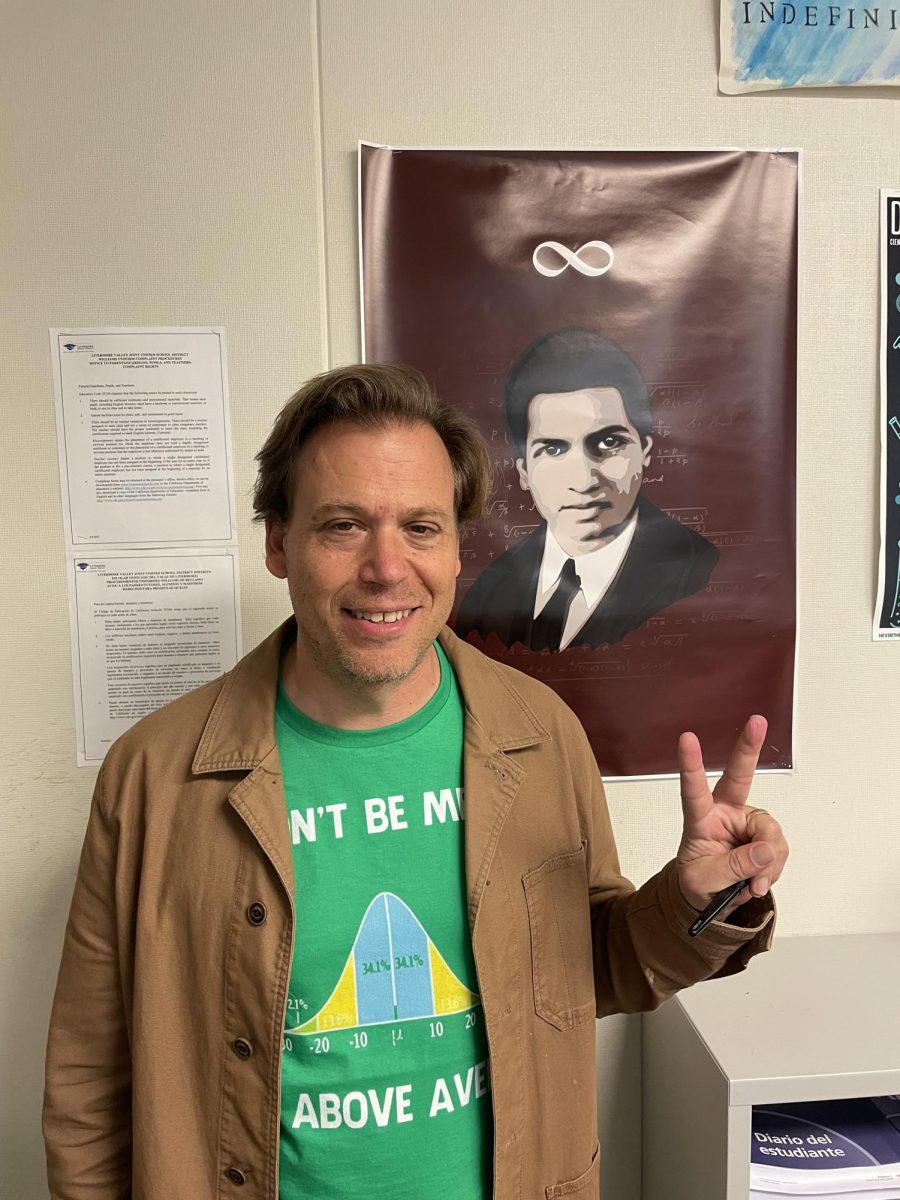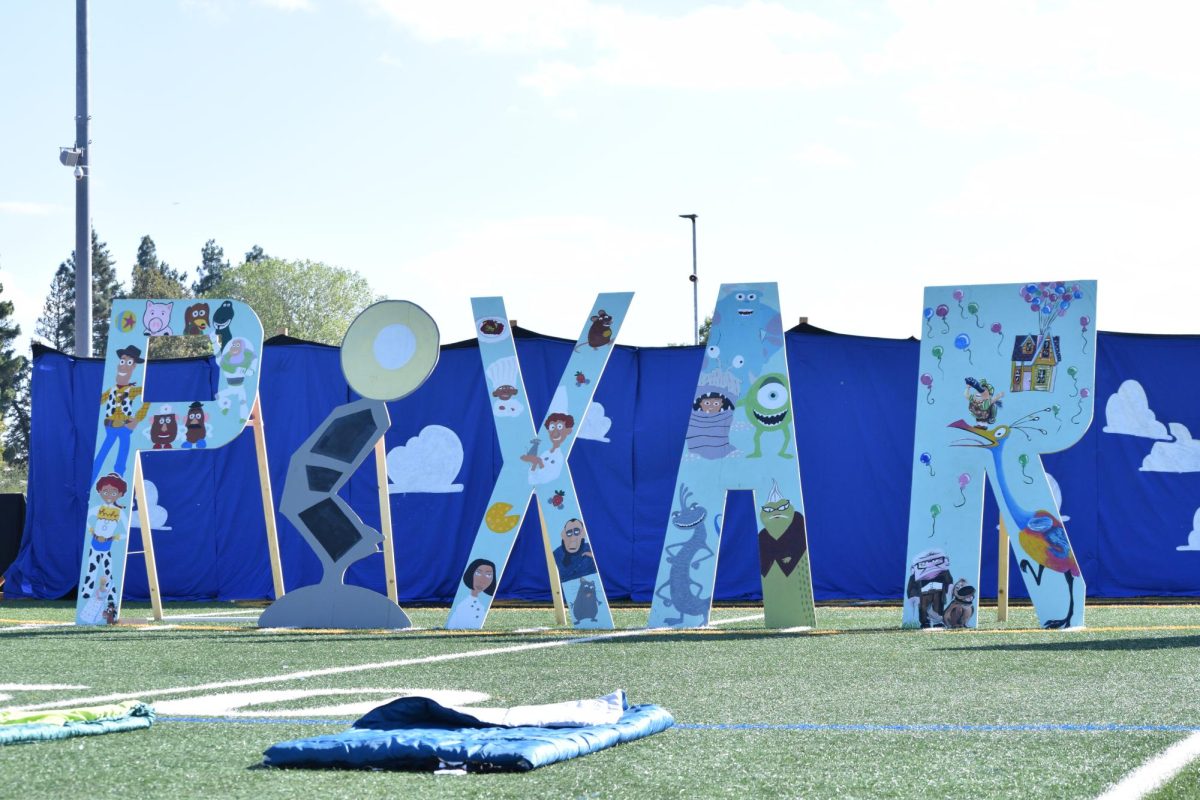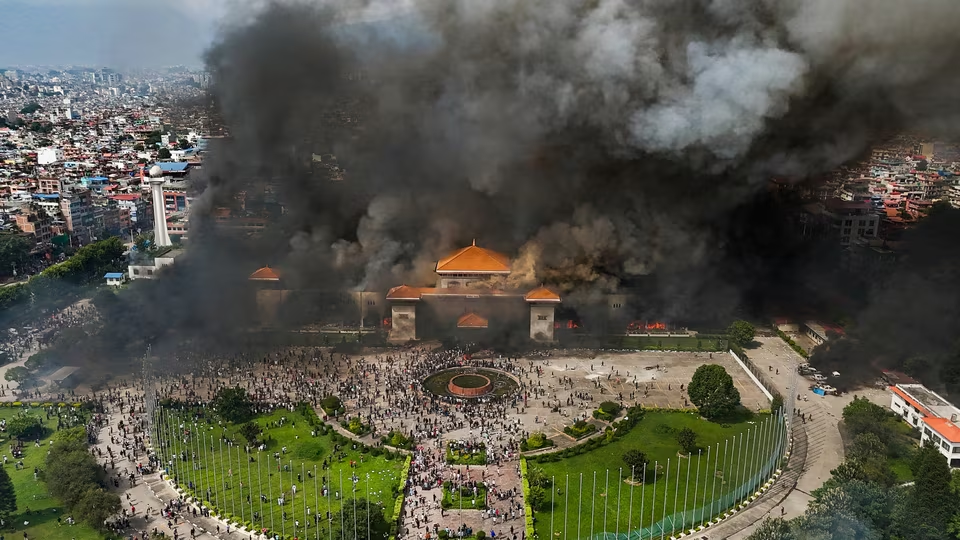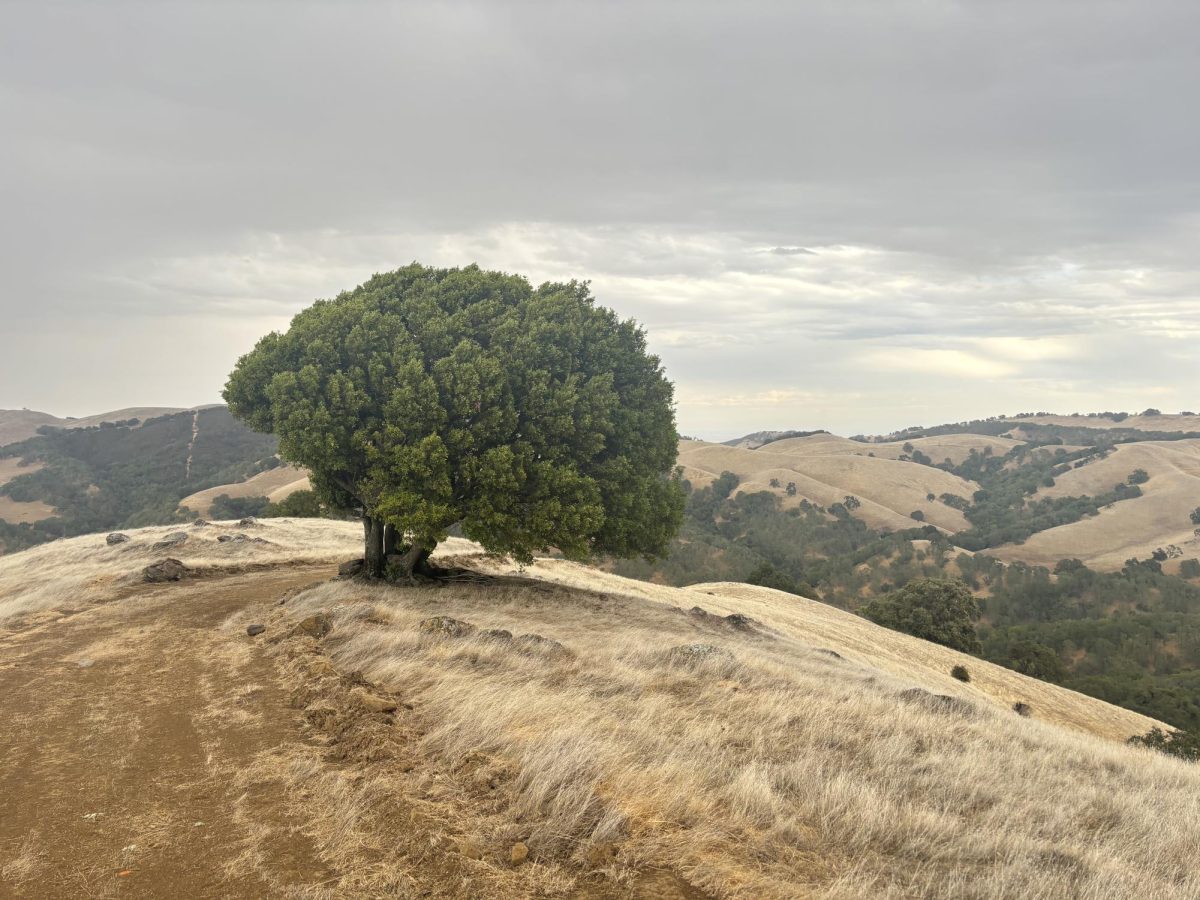This Month in History: April
April 25, 2023
April, a spring month, has many significant dates that are still remembered and honored to this day.
April 1.
April 1 is celebrated as April Fools’ Day by many cultures. It involves playing tricks and practical jokes on others, then announcing “April Fools!” Although historians are unsure of its exact origin, they speculate this tradition dates back to 1582 when France switched from the Julian calendar to the Gregorian calendar. In the Julian calendar, the start of the new year was April 1st, whereas the start of the new year in the Gregorian calendar was January 1st. For those unaware the start of the new year was moved to January 1st and continued to celebrate on April 1st, they were called “April fools.”
April 3, 2010.
It was announced on March 5, 2010, that the first Apple iPad would be available in the US on April 3. The iPad was a revolutionary piece of technology for its time. It was thinner and lighter than any laptop and netbook and users were able to browse the web, read and send emails, view and share photos, watch videos, listen to music, play games, read ebooks and much more. The iPad’s modern feature, Multi-Touch, allowed the device to recognize more than one point of contact on the screen at the same time. The iPad forever changed the world of technology and set a high standard for future products.
April 9, 2023.
Easter Sunday is a Christian holiday that celebrates the resurrection of Jesus Christ. In the Christian calendar, Easter occurs the Sunday after Lent, a 40-day period (not counting Sundays) which involves a
cts of penance and fasting. This year, Easter Sunday fell on April 9th. One of the most popular Easter traditions is Easter egg hunts. During the 13th century, the church prohibited eating of eggs
during Holy Week. Eggs that were laid during this week were seen as a symbol of the Resurrection. The egg symbolizes new life emerging from the eggshell, just as Jesus rose from the tomb. Easter egg hunts were made popular by first lady Lucy Hayes in 1878. She sponsored the first annual Easter egg roll on the White House lawn.
April 14-15, 1912.
On April 14, 1912 the RMS Titanic struck an iceberg in the North Atlantic Ocean and sank in two hours and forty minutes and resulted in 1,490-1,635 deaths, making it one of the deadliest peacetime maritime disasters in history. Throughout the day on April 14th, the Titanic received six warnings of sea ice. By the time the lookouts spotted the iceberg it was too late and the ship was unable to turn quickly enough. She underwent damage to her starboard side and flooding of six of her sixteen compartments. The Titanic’s lifeboat system was designed to transport passengers to nearby rescue vessels, but not to hold everyone aboard at once. The RMS Carpathia arrived about an hour and a half after the sinking on April 15 and saved the 710 survivors .
April 22, 1970.
For many decades, Americans were oblivious to how a polluted environment threatens human health. In 1969, a massive oil spill in Santa Barbara, California and a fire on Cleveland’s Cuyahoga River was a wakeup call for many. Senator Gaylord Nelson was inspired by the student anti-war protests and proposed the idea of a teach-in on college campuses to raise awareness about environmental concerns. He recruited Denis Hayes, a young environmental advocate to organize campus teach-ins on April 22 because it was between Spring Break and Final Exams to receive the most student participation. Hayes accomplished to promote events across the country and united individual groups that had been fighting against, oil spills, polluting factories and power plants, raw sewage, toxic dumps, and the destruction of wilderness. Following the establishment of Earth Day, the United States Environmental Protection Agency was created and several pro-environment laws were passed, such as the National Environmental Education Act, the Occupational Safety and Health Act, the Clean Air Act, and the Clean Water Act.
April 26, 1986.
The Chernobyl nuclear disaster occurred on April 25-26, 1986 and is considered the worst disaster in the history of nuclear power generation. It started when technicians at reactor Unit 4 attempted a poorly designed experiment. The workers turned off the reactor’s power regulating system and its emergency safety systems while the reactor remained running at 7 percent power. At 1:23 a.m. on April 26th, a chain reaction in the core occurred and blew off the heavy steel and concrete lid of the reactor. Large amounts of radioactive material were released into the atmosphere and spread by air currents. On April 27th, the nearby city of Prypiat was evacuated and a cover-up for the disaster was attempted by the Soviet government. The next day, Swedish monitoring stations reported abnormally high levels of wind-transported radioactivity and demanded an explanation. The Soviet government finally admitted to the accident at Chernobyl. The radioactive reactor core was enclosed within a concrete and steel sarcophagus. Since the incident, those living in contaminated areas of Belarus, Russia, and Ukraine are still exposed to high doses of radiation.




























